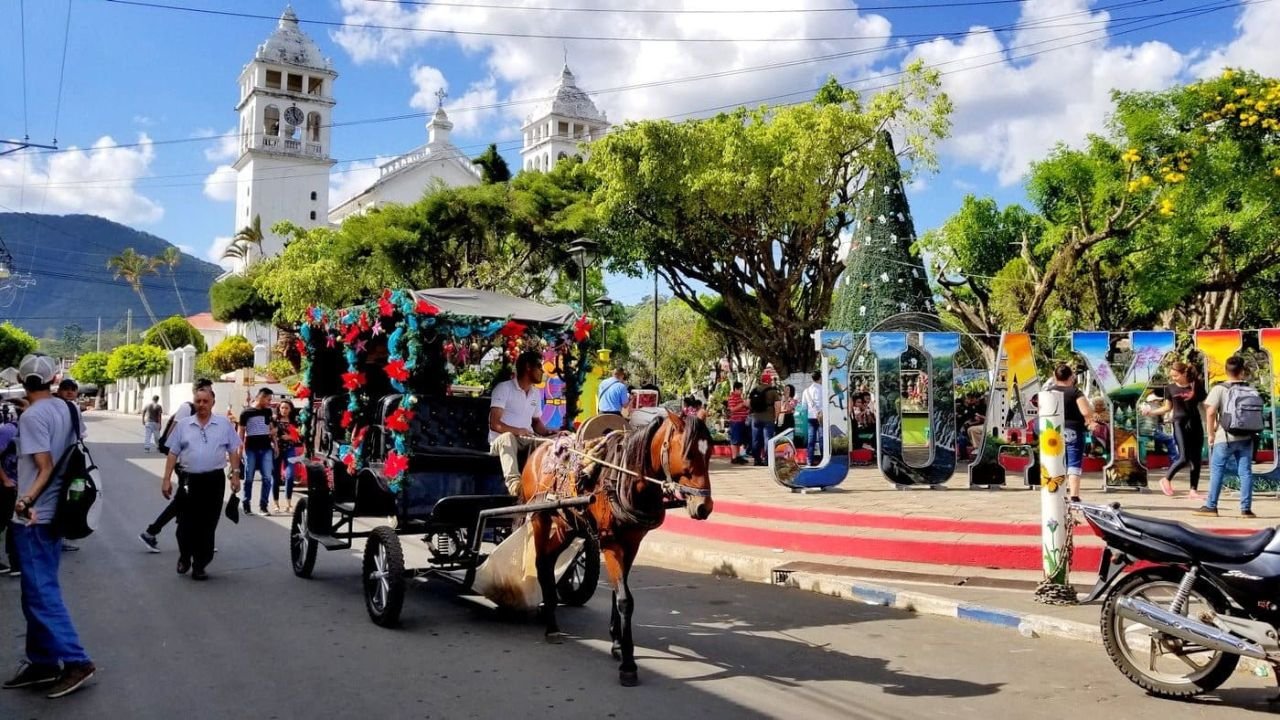1. Participating in a Traditional Pujá (Nepalese Prayer Ceremony) in a Himalayan Monastery
Experience Overview:
Join local monks or priests in a sacred puja at a centuries-old monastery, such as those in Kathmandu, Pokhara, or high-altitude gompas in the Himalayas. This spiritual experience involves offerings, chanting, and meditation, providing insight into Nepalese Buddhist and Hindu traditions.
Why It’s Authentic:
Participating in a local prayer ceremony connects you with Nepal’s spiritual roots and the daily religious practices of its people. It offers a quiet, respectful window into the country’s devotion and reverence for nature and ancestors.
Tips:
- Arrange through local guides or monastery staff.
- Dress modestly; women often wear a scarf or shawl.
- Be respectful of customs and maintain silence during the ceremony.
2. Trekking to a Remote Village and Staying with a Local Family
Experience Overview:
Venture off the beaten path by trekking into lesser-visited villages such as those in the Manaslu or Dolpo regions. Spend nights in traditional homes, sharing meals and stories with local families who preserve age-old customs and lifestyles.
Why It’s Authentic:
This immersive experience offers genuine insight into rural Nepalese life, agriculture, and traditional crafts, far from touristy hotspots. You gain a firsthand understanding of local hospitality and the challenges and joys of mountain life.
Tips:
- Travel with local guides familiar with the community.
- Respect local customs, dress modestly, and learn basic phrases in Nepali or local dialects.
- Contribute by purchasing handmade crafts or local produce.
3. Participating in a Thangka Painting Workshop in Kathmandu’s Old City
Experience Overview:
Learn the intricate art of Thangka painting—religious scrolls used in meditation and rituals—from master artists in Kathmandu’s ancient Newari neighborhoods like Thamel or Asan.
Why It’s Authentic:
This craft has been passed down through generations, embodying spiritual symbolism and artistic tradition. Engaging directly with artisans offers an authentic glimpse into Nepal’s rich Buddhist artistic heritage.
Tips:
- Enroll in a hands-on workshop lasting a day or more.
- Take home your own Thangka as a meaningful souvenir.
- Engage with local artisans and learn about their spiritual and artistic traditions.
4. Attending a Local Festival in a Mountain Village, such as the Losar Festival or Mani Rimdu
Experience Overview:
Participate in vibrant festivals celebrated by Sherpa, Tamang, or Newari communities. These festivals feature masked dances, traditional music, prayer rituals, and colorful processions, often held at monasteries or temples.
Why It’s Authentic:
Festivals are the heartbeat of community life, showcasing Nepal’s deep-rooted spiritual beliefs, communal harmony, and cultural identity. Experiencing them firsthand offers a powerful connection to local traditions.
Tips:
- Time your visit with festival dates (check local calendars).
- Be respectful during ceremonies; observe quietly and take photos with permission.
- Engage with locals and learn about the festival’s significance.
5. Visiting a Tea Estate in the Himalayas and Participating in Tea Processing
Experience Overview:
Explore the lush tea plantations around Ilam, Darjeeling (just across the border), or the high-altitude farms near Nagarkot. Take guided tours to see how tea leaves are plucked, processed, and brewed—culminating in tasting sessions.
Why It’s Authentic:
Tea cultivation is a centuries-old tradition in Nepal and neighboring regions. Engaging directly with local tea farmers and artisans illuminates their sustainable practices and cultural importance.
Tips:
- Visit family-run farms for a personal experience.
- Learn about organic farming and traditional processing methods.
- Sample freshly brewed tea paired with local snacks.
In Summary:
Nepal offers countless authentic experiences that go beyond sightseeing—through spiritual rituals, rural homestays, artistic crafts, vibrant festivals, and agricultural traditions. Engaging with local communities in their natural environments fosters a deeper appreciation of Nepal’s diverse cultural tapestry and enduring traditions.




